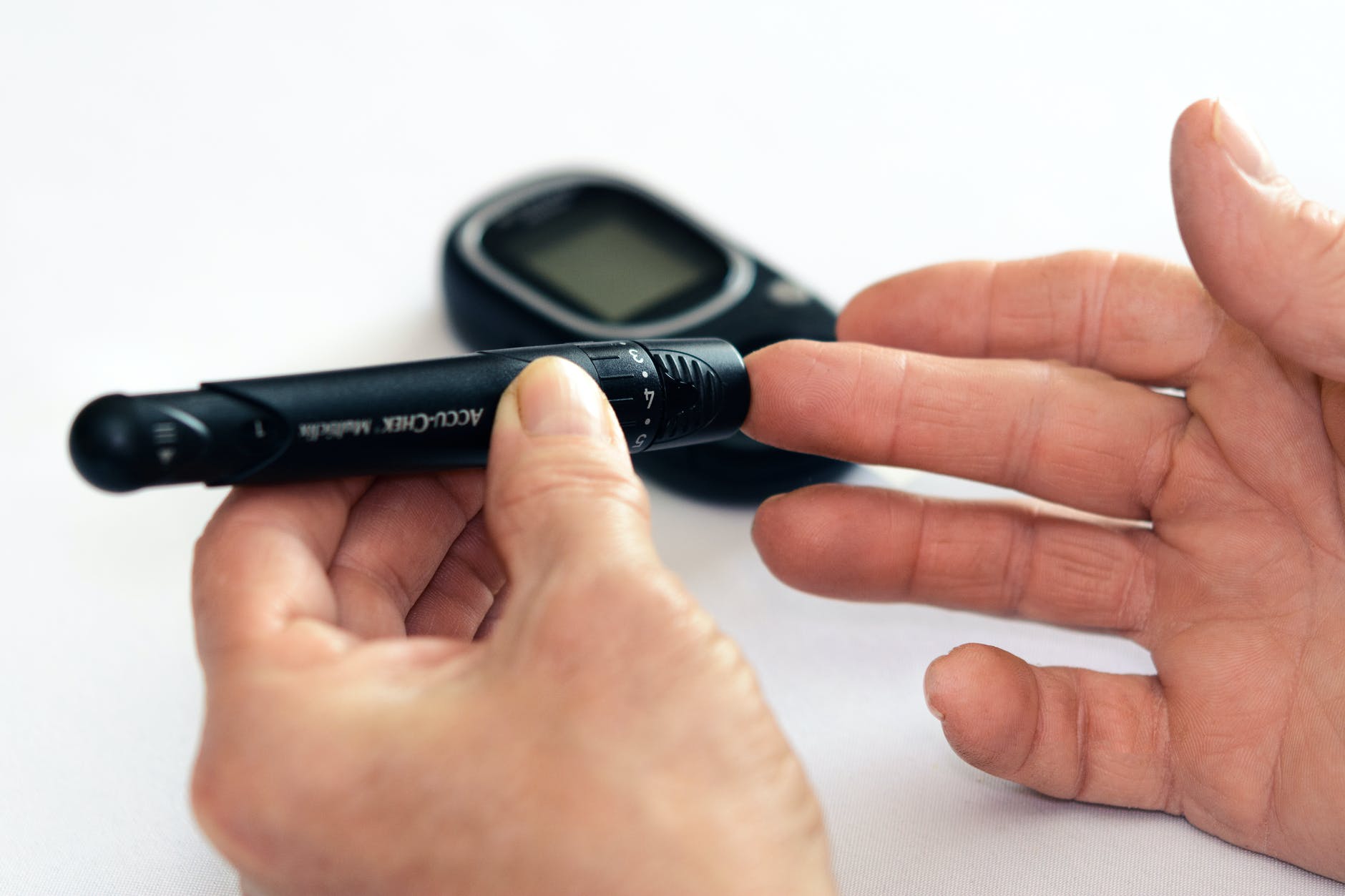
The food choices we make, how much we exercise and the amount of body fat we have affects our health already at a young age. Although seemingly healthy, our metabolism might tell a different story. This can already be seen at a young age.
The Estonian Children Personality Behaviour and Health Study (ECPBHS) started 20 years ago in 1998 and has since measured the participants’ body composition and assessed their metabolic abnormalities, such as insulin resistance and metabolic syndrome, at ages 15, 18, 25 and 33 years.
Insulin resistance is a state in which the body does not respond to normal levels of insulin efficiently, eventually causing a rise in blood sugar levels. It has been proposed that insulin resistance has a role in the development of several metabolic abnormalities what we know as metabolic syndrome1. These metabolic abnormalities include a large waistline (abdominal obesity), high levels of certain type of fat in the blood called triglycerides, a low level of HDL cholesterol, high blood pressure or usage of blood pressure medication and elevated fasting blood sugar levels or type 2 diabetes diagnosis2.
We have found that already at age 25, individuals who consumed more than 300 milligrams of cholesterol per day and had more than 4 hours of screen time were at higher risk of components of metabolic syndrome3. Insulin resistance was associated with male gender3,4, overweight and obesity, low physical activity levels and the consumption of lipids above the recommended daily energy intake*4. Individuals who consumed carbohydrates below the recommended daily energy intake*, were less likely to be insulin resistant. Already at age 25 insulin resistant individuals had higher serum cholesterol, lower HDL cholesterol and higher triglyceride levels, fasting blood sugar and insulin levels. People who were overweight also had 4 times higher odds of insulin resistance and being obese increased the odds 12 times if compared to normal weight individuals4. From 15 to 25 years the occurrence of components of metabolic syndrome increased rapidly. At age 15 years 18% of participants had one or more metabolic abnormality and by age 25 years the number had doubled, whereas 5% already had metabolic syndrome.3 Individuals who were insulin resistant were more likely to have metabolic syndrome.4
Insulin resistance and the metabolic syndrome are risk factors for type 2 diabetes and cardiovascular disease later in life1. As we observed, one fifth of the adolescents already have at least one metabolic abnormality and the number of components of metabolic syndrome increases from adolescence to young adulthood. That is why it is important that healthy lifestyle habits should be introduced and encouraged already in early childhood. Although young people may seem to be healthy, the first signs of developing metabolic abnormalities may already be there.
*According to the Estonian nutrition and physical activity recommendations (2015), the recommended consumption of macronutrients from daily energy intake (E%) is as following: proteins 10–20%, lipids 25–35%, carbohydrates 50–60%5.
REFERENCES
1. Xu, H., Li, X., Adams, H., Kubena, K. & Guo, S. Etiology of Metabolic Syndrome and Dietary Intervention Int J Mol Sci 20, (2018).
2. Alberti, K. G. M. M. et al. Harmonizing the metabolic syndrome: a joint interim statement of the International Diabetes Federation Task Force on Epidemiology and Prevention; National Heart, Lung, and Blood Institute; American Heart Association; World Heart Federation; International Atherosclerosis Society; and International Association for the Study of Obesity Circulation 120, 1640–1645 (2009).
3. Taimur, T. Metaboolse sündroomi komponentide levimus ja seosed toitumisega noorukieast täiskasvanueani. Tartu: Tartu Ülikooli peremeditsiini ja rahvatervishoiu instituut; 2018.
4. Joost U. Insuliinresistentsuse seosed elustiiliharjumustega noortel täiskasvanutel Eestis [masters thesis]. Tartu: Tartu Ülikooli tervishoiu instituut; 2015.
5. Pitsi, et al. Eesti toitumis- ja liikumissoovitused 2015. Tervise Arengu Instituut. Tallinn, 2017.

